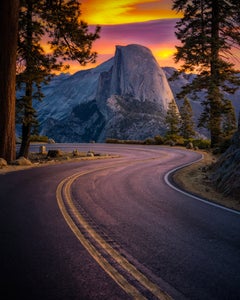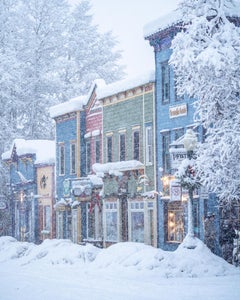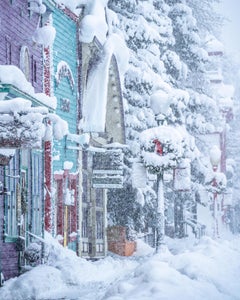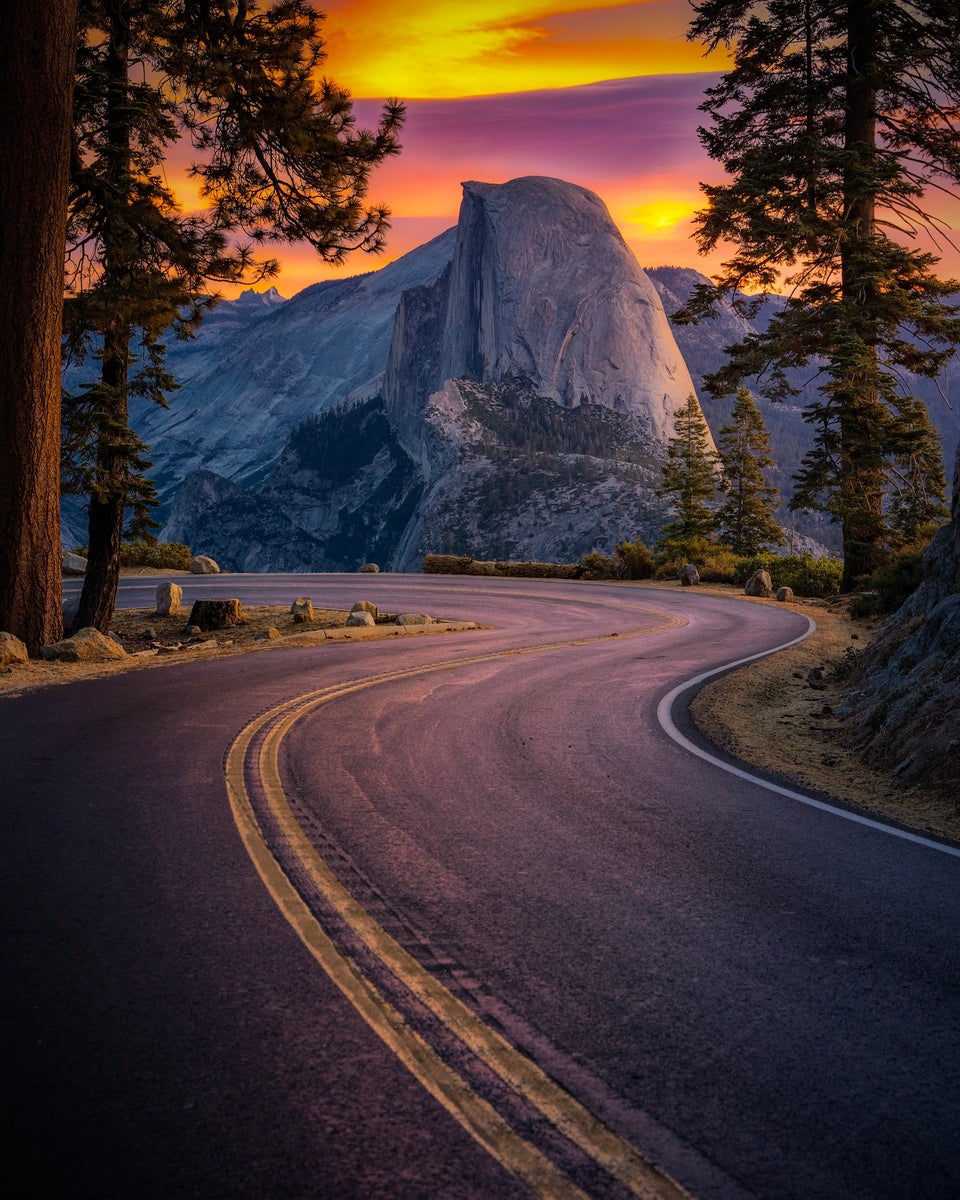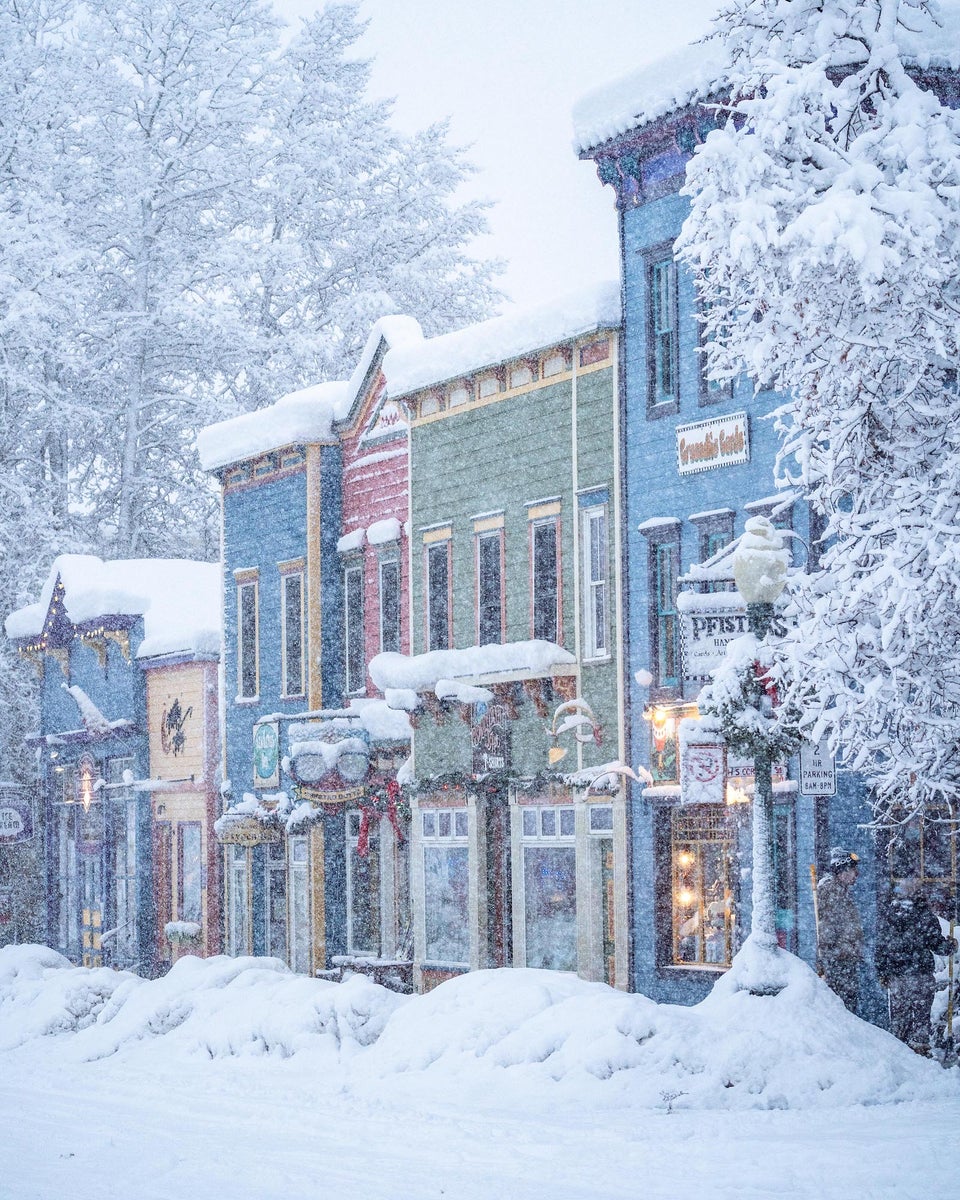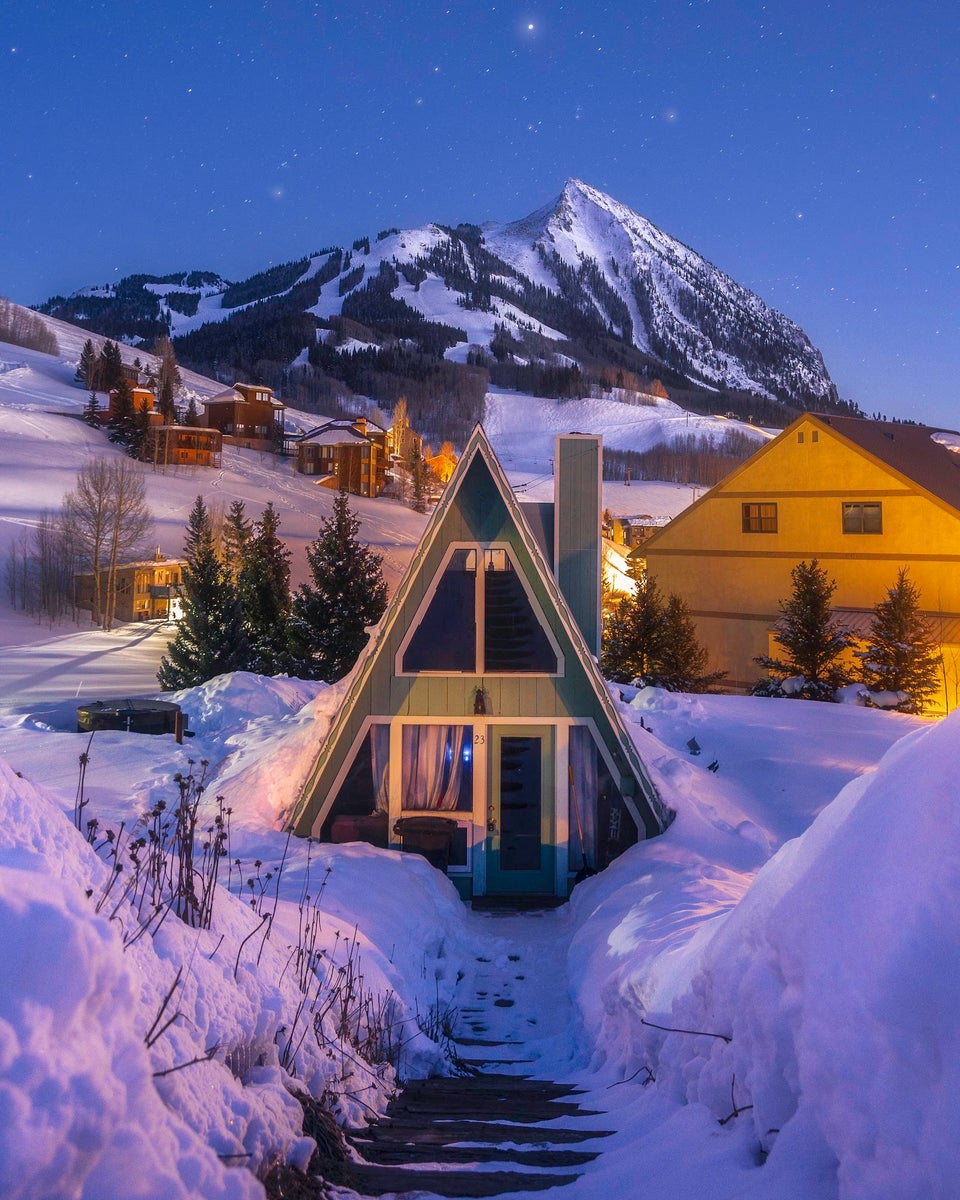“It sucks, a lot of times, getting out there.” That’s how Connor Scalbom (@connography_) describes photographing winter landscapes. “Waking up early and putting on your stuff to go sit out in -10 degrees to get a photo is tough. But I think that is what is really cool about it and makes it more special.” And Connor would know, as a Colorado-based landscape photographer, he has spent his fair share of time sitting out in the cold to make an epic winter landscape. He’s been a photographer for the past six years, and his focus has primarily been on outdoor and landscape imagery. He frequently publishes his work in Travel Crested Butte and works with outdoor adventure companies.
Product Preview – In This Article You'll Find:
–Sony Alpha 7 IV
–Sony Alpha 7S III
–Sony 70-200mm f/2.8 G Master II
–Sony 16-35mm f/2.8 G Master
–Sony 100-400mm f/4.5-5.6 G Master
He lives in Crested Butte, Colorado, right in the mountains, making it easy for him to get out and find new spots. We sat down with Connor to pick his brain on the best spots for winter landscape photography in Colorado, how to make unique and compelling images, and the gear that helps him fulfill his artistic vision.
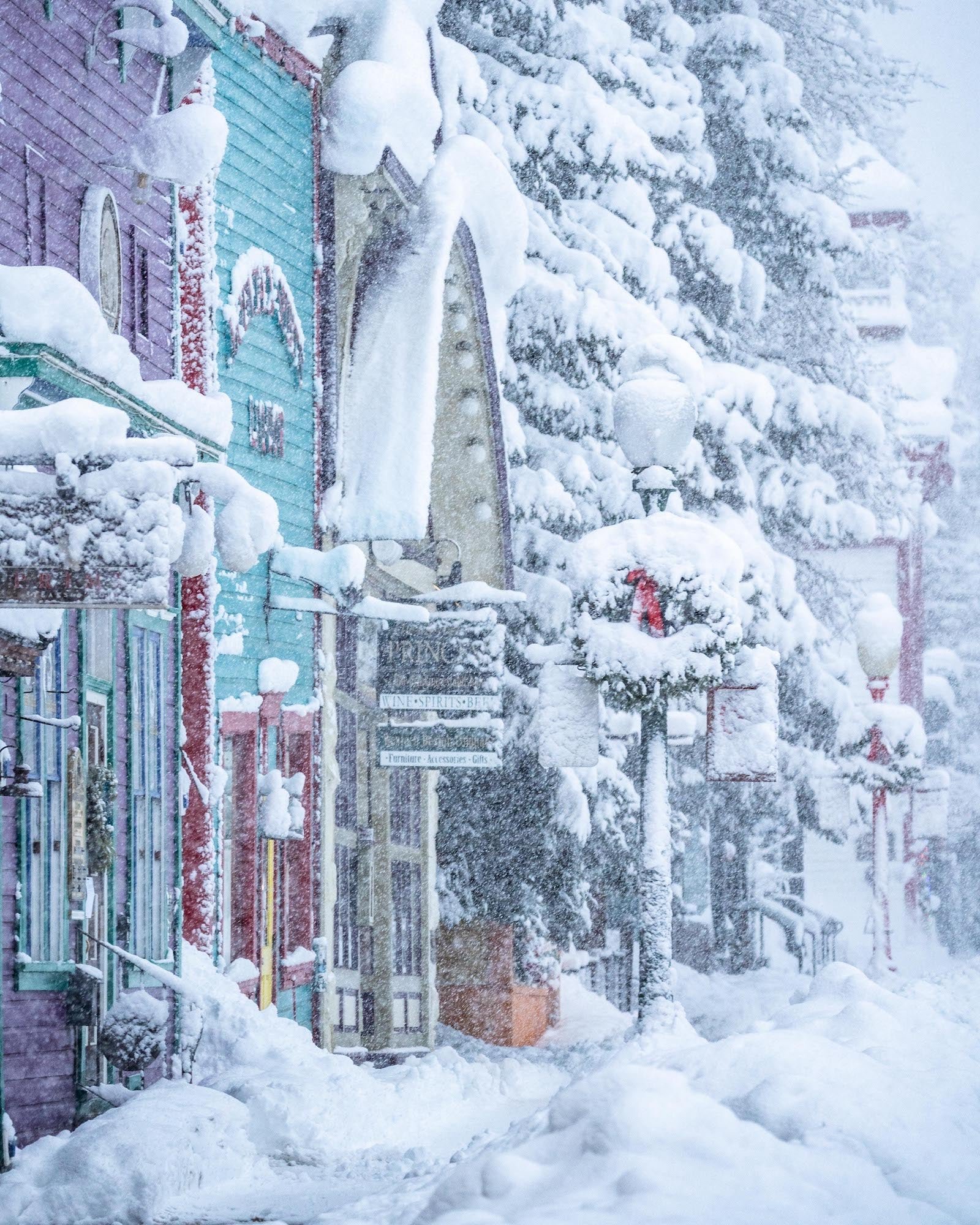
Photo by Connor Scalbom. Sony Alpha 7 III. Sony 100-400mm f/4.5-5.6 G Master. 1/200-sec., f/5.6, ISO 1000
Top 3 Winter Landscape Locations
Right off the bat, Connor recommends heading to the western side of Colorado. “Having grown up in Denver. I didn't know I had never been over here, so I went to school but Crested Butte is absolutely gorgeous. It's getting more and more popular. And then Telluride and the San Juans – that kind of mountain range is absolutely beautiful too. Those are my favorite areas in Colorado to photograph.”
“It’s pretty cool because they’re not far but they’re very different from one another.” Connor explains that Crested Butte is a great stop on the way to Telluride from Denver. “The mountains look quite different. In Telluride and San Juan, you have a lot of deep valleys that are kind of like box canyons. And it’s pretty wild when you get there and look at it.”
Connor explains that on the front range in Denver, the mountains are a lot more gradual and clustered together. In Crested Butte and San Juan, the mountains seem to stand on their own, and they don’t look as connected to each other. “They’re a lot more photographable and a lot more beautiful, in my opinion.”
He loves photographing his own town of Crested Butte because you get a combination of ‘street’ and landscape photography. The town itself is an adorable winter village, like something out of a snowglobe. Then, set against the impressive landscape, it’s a photographer’s dream; offering countless compositions and opportunities to be creative.
Telluride is known widely for its alpine skiing. And those same rugged mountains are great for landscape photographers. There are countless hiking trails to make interesting landscapes. You can also just spend time in the town, there is an iconic main drag with a view of the mountains.
The San Juan Mountain Range covers the southern part of the Colorado Rockies. It had quite a few jagged volcanic peaks, alpine lakes and other diverse and beautiful terrain. There are quite a few spots you can explore within the region. Connor particularly loves Ouray, a quaint mountain town that lends itself to photography.
To find great spots Connor recommends looking online. “You can find a bunch of great blogs that list places to check out. But that means those are pretty popular. You should avoid shooting the same composition you’ve seen over and over again. You have to get pretty creative.” He also says he always gets up early to just explore the area. This has led him to find some great hidden gems. “Sometimes you don’t find anything but other times it totally pays off.”
Creating New & Interesting Shots
Given that Connor has photographed the same place for over six years, he’s had to become an expert on visual variety. When he’s checking out a scene, he’ll look for interesting elements, this could be good light, a nice subject, a striking sky, or a good foreground element. When Connor figures out what is most interesting about this scene, he’ll hone in on it, making sure it’s a highlighted feature in the images he creates.
Some other special tricks Connor has developed is to use back button focus, this ensures that his images are sharp and he’s nailing focus. He also is always shooting on bracket exposures, “I pretty much end up with three photos of everything I shoot. And it fills up my cards but I’d rather fill up my cards and know for sure that I have the shot in different exposures if I need them versus getting home, looking at them and they’re not right.” Occasionally, Connor will composite the brackets, especially for sunrises and sunset images. That way, he can ensure a well-exposed photo throughout the frame.
Connor shoots with the Sony Alpha 7 IV and the Sony Alpha 7S III. In addition to the camera bodies, he uses the Sony 70-200mm f/2.8 G Master II, Sony 16-35mm f/2.8 G Master and Sony 100-400mm f/4.5-5.6 G Master. He originally shot with Nikon but, through a work opportunity he was able to try out some Sony cameras, which was his first time trying out mirrorless. “I saw that it was so much better, Sony had everything so dialed in and the video and hybrid capabilities were incredible. It has never struggled or left me astray in the cold. Sometimes I’m shooting up to -20 degrees. Having a reliable is great, shooting mirrorless is a gamechanger. I love the ability of changing my settings and directly seeing what it’s going to look like through the viewfinder.”
For winter landscapes, Connor's go-to lens is the Sony 70-200mm f/2.8 G Master II. “When you’re shooting winter landscapes covered in snow, sometimes things aren’t as interesting. So being able to shoot with a zoom lens helps a lot. You can make compositions out of a lot of things, really focusing in on elements. And you can use compression to make the mountains look huge.”
“For great photographs, the eye doesn’t leave the frame. I’m always looking to add more elements and edit in such a way that the viewer stays with the photograph.” Connor states that his Sony gear helps him capture his favorite subjects, mountains, beautifully.
Learn more about Connor Scalbom’s gear in his What's In My Bag article and see more of his photography on Instagram @connography_.
